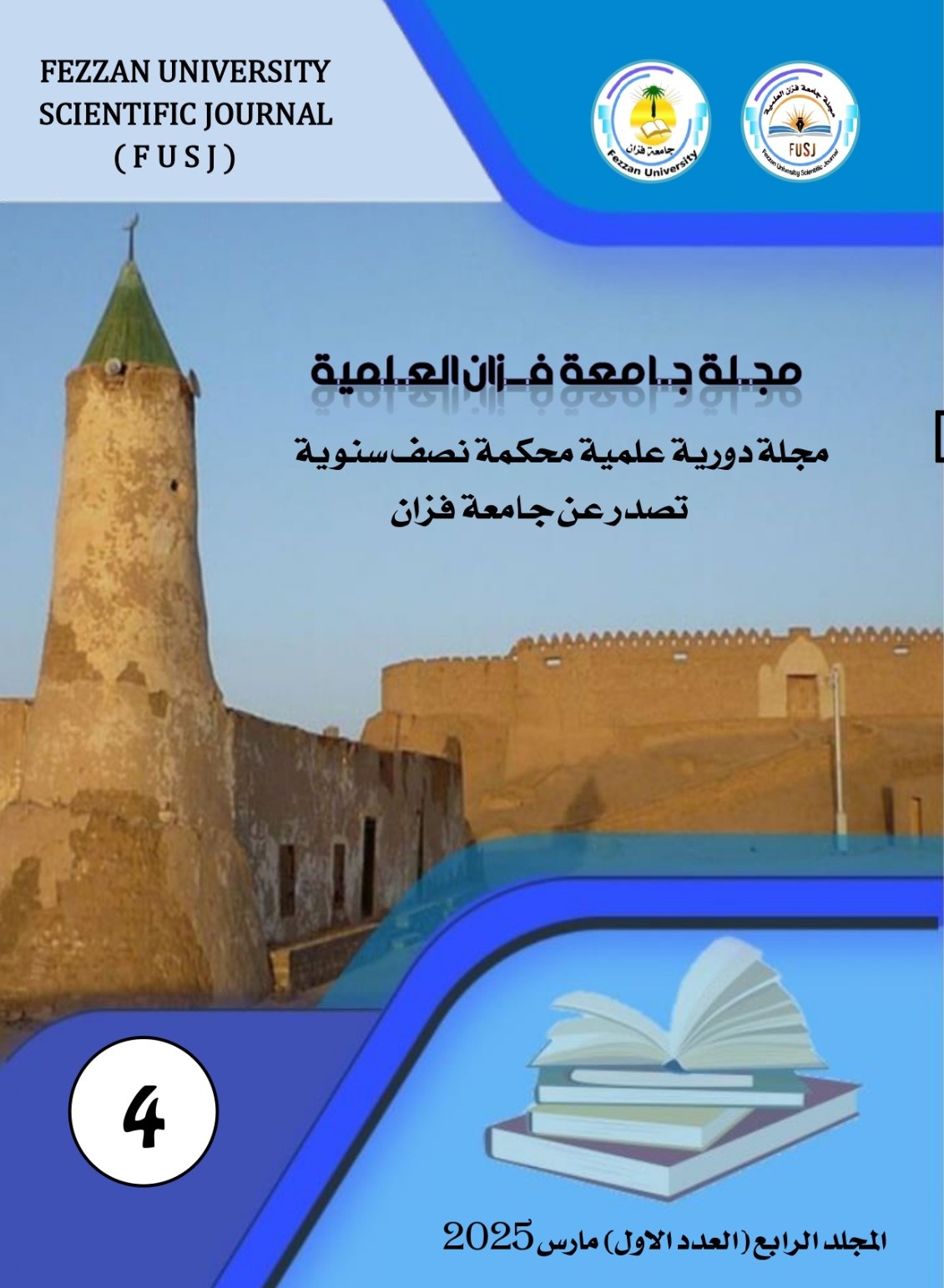Soil salinization management and reclamation in Libya. A Case Study of Qararat Alqatf for Bin Walid Region.
##plugins.themes.academic_pro.article.main##
الملخص
The study is to manage the salinity of the soil. The maximum number of computations, the spatial distribution of the (LR) application over the map, and the leaching requirements (LR) for reclamation purposes for various EC-tolerance crops List the following crops' water requirements: wheat, tomatoes, and grapes. All research areas are to be planted with grapes, tomatoes, and wheat, with 19139396.7 m3, 969745.57 m3, and 496236.37 m3, respectively. Grapes are more salt-tolerant than both tomatoes and wheat, and tomatoes are more salt-tolerant than wheat. Thus, the GIS-ESP map identified Three groups of crop soil with ESP tolerance: extremely sensitive crop (327.45 ha), sensitive crop (873.05 ha), and moderately tolerant crop (952.90 ha). Consequently, amounts of 27592.12 and 34490.16 tons of gypsum must be applied such as min and max all over actual GR (ATGR), respectively Gypsum requirements (GR) to reclaim soil to cultivate ESP crops at depth (D) 30 cm for Mapping unit Studied soil required gypsum applications of 4049.82and 8099.65tons as min and max all over net GR (ANGR), respectively. Gypsum requirements (GR) to recover soil at a depth (D) of 120 cm for the cultivation of ESP crops

